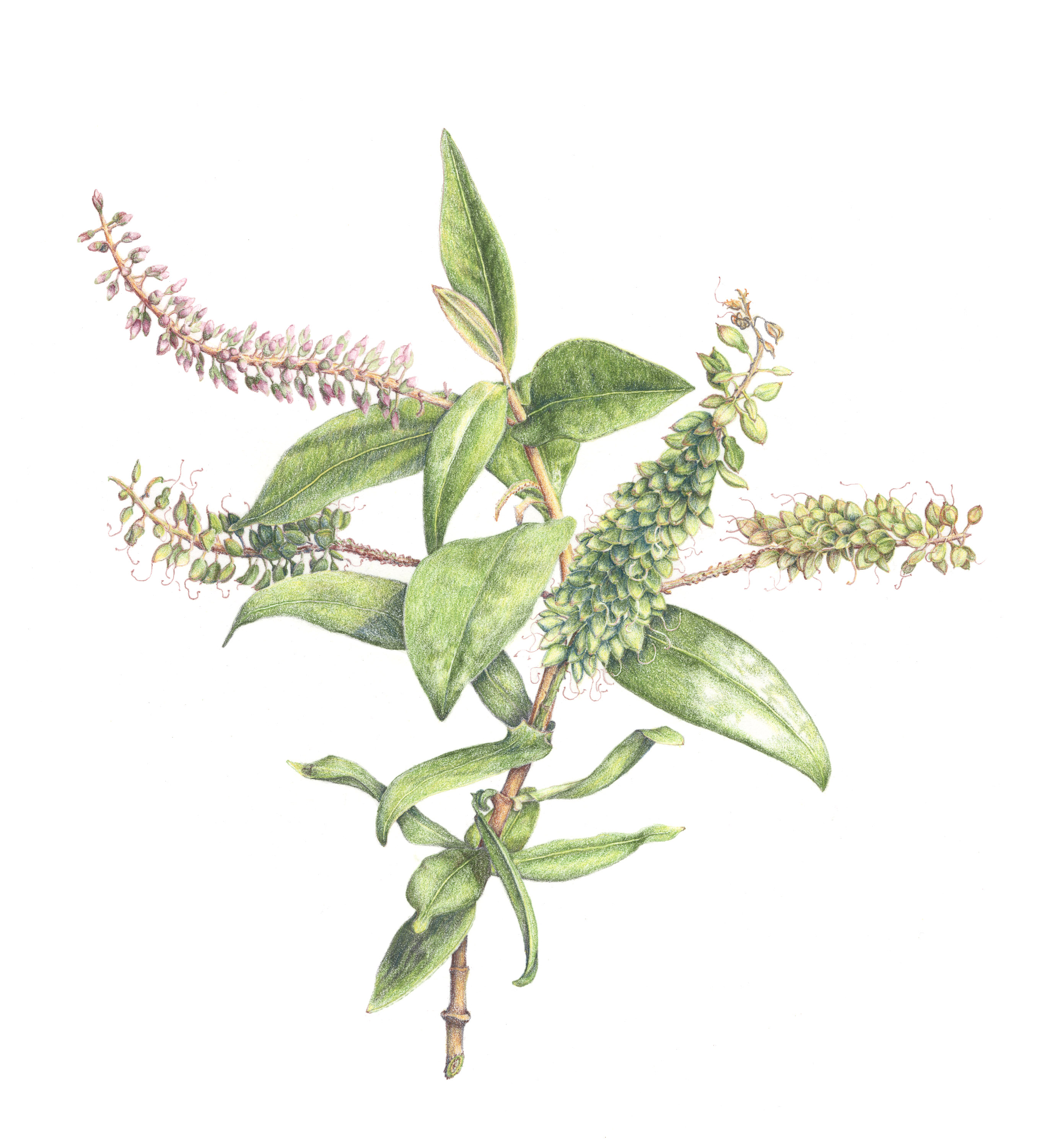
When I made my first quilt many moon ago, I found a pattern in a craft magazine for an Amish Roman Stripe quilt and I thought the instructions looked simple enough, so I bought fabric and dove in with both feet armed with plenty of garment construction experience and youthful enthusiasm. This was back in the day before rotary cutters, so I cut everything with scissors! Did I mention I was much younger back then???
The top went together fairly well for a first attempt and I was so pleased with it I was ready to tackle what I thought was going to be a quick finish to the project. Since I was nearly at the end of the instructions, I figured I was nearly at the end of the work and would soon be wrapping my baby in a soft and warm quilt until I read on and all that was remaining of the instructions was, “Now quilt and bind it.” Wait, wait, there must be another page, I thought. Nope. Nice top you’ve got there. Now quilt it. Then bind it. Huh. Well, I’d purchased the batting and backing fabric because that was indicated at the beginning of the instructions. So, I decided I would just put the batting between the top and bottom, pin them together and then stitch them on my sewing machine. I knew this probably wasn’t what was really expected, but I also knew from my sewing experience that it would work and I would have a usable quilt. So I stretched everything out on the floor and placed straight pins at every block junction on the top and went to the machine.
You might guess where this is going. All those straight pins were a nightmare. They did the job of holding the quilt together well enough…when they didn’t fall out…but I had bloody scratches up and down my arms and even some on my legs from when the quilt rested on my lap. I might as well have been wrangling wildcats as sewing up a quilt. I just thought I’d made a silly mistake by using straight pins and went off to learn how REAL quilters did things, which in this instance for machine quilting, was with safety pins, duh.
Now here it is all these years later and I find out (on Craftsy, but more about that later) that the most up-to-date millennial quilters baste for machine quilting with, you guessed it, plain old STRAIGHT PINS, and one very clever person has created the product I needed all those years ago: Pinmoor, colorful, re-usable, easy on, easy off little silicone caps to cover the end of the pins and prevent them from falling out and from piercing your skin as you maneuver the quilt around. So those look really good, but awfully expensive and only available via mail order.
A little more scooting around the ‘Net reveals that someone else uses Caulk Backer Rod from the hardware store for the same purpose at approximately 1/10 cost. Well, I ran out to get some of that caulk backer rod today and have basted up this batik fabric to make a small whole cloth table topper and the backer rod works fine.
My hands are sure happy they don’t have to open and close all those safety pins, my arms are happy they don’t have to endure all those painful scratches, my pocketbook is happy I spent less than $4, and my psyche is happy I was on to something all those years ago by basting with straight pins and my solution wasn’t a mistake, it was just a product waiting to be born.















